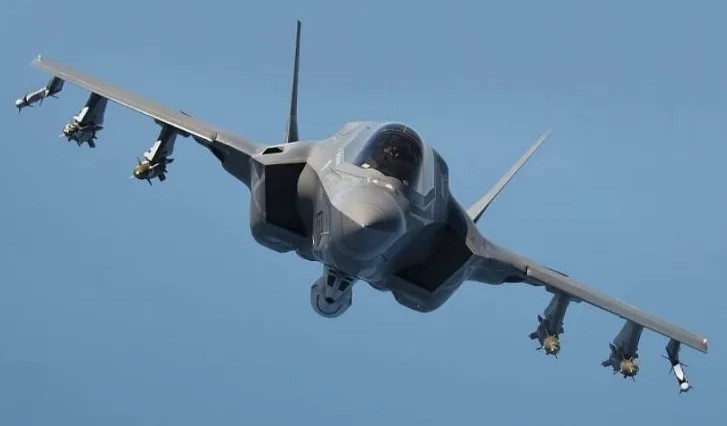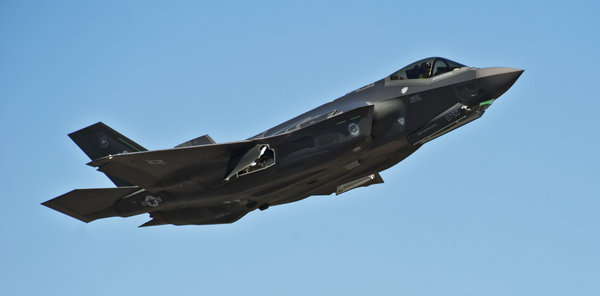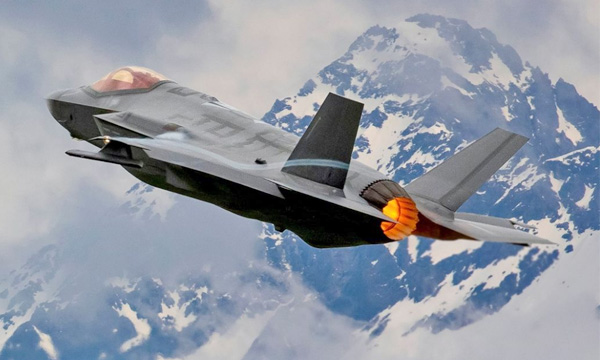If the Swiss initiative collects 100,000 signatures, the fate of the F-35 will be decided by a vote of the electorate at the federal level. If the F-35 is rejected, Switzerland will also have to reduce its defense budget and with it, its fleet of fighter aircraft.
A very slow constitutional principle
In Switzerland, if a popular initiative obtains a minimum of 100,000 signatures within 18 months, the Federal Council must draft a recommendation to Parliament on the legal validity of the initiative within 12 months. In case of validation, the Parliament must organize a federal popular vote. The federal parliament can also propose a counter-proposal to the initiative in question. In the vote, the initiative and the counter-proposal will be voted on independently of each other. In addition, a third question will be proposed to them in order to ask their preference if the initiative and the counter-project are accepted (only one proposal must be chosen at the end of the vote count).
This democratic process is very long since, including the preliminary delays to the organization of the popular initiative, the process can require between three and five years. Switzerland had 5,488,371 voters in 2020, of which 49.3% participated in these last elections (not mandatory participation).
"Stop F-35"... and to Swiss fighter planes
On August 31, 2021, the federal popular initiative "Against the F-35" was launched by the collective "Stop F-35". This collective believes that the F-35 will not fit in the budget allocated to it, that the main role of sky police that is required for the aircraft does not require the purchase of a stealth fighter or, that Switzerland would be too dependent on the United States on its security policy as from an industrial point of view.
In case the milestone of 100.000 signatures is reached by March 1, 2023, the F-35 project is therefore likely to fall through, or at the very least would be severely delayed.
The opponents of the choice of the F-35 are, however, hampered by the terms of the initiative, since apart from renouncing the F-35A and MIM-104 Patriot air defense missile batteries, the initiative also proposes a reduction in the Swiss defense budget aiming to renounce any purchase of combat aircraft. It is not a question of rejecting the F-35 and switching to the Rafale or the Eurofighter, but rather of questioning the very principle of a combat aircraft. Switzerland would therefore no longer have a fighter aircraft once the F-5E II Tiger II and F/A-18 Hornet are retired.
The country would then become totally dependent on its neighbors to ensure its security, even though this initiative is presented as a way to maintain Switzerland's independence on the international scene. In the event of a problem (aircraft not respecting its flight plan, hijacking, aircraft no longer responding to the radio...), it would be combat aircraft from foreign countries that might have to intervene, as was the case for several years in unavailable hours.


The financial aspect, a point of contention
While the F-35 had been chosen for its lower cost than all other proposals, details of the calculation had quickly called this choice into question. For example, the calculation of the aircraft's operating cost had been estimated by flying 20% fewer hours than its competitors, and the commitment on the aircraft's operational maintenance costs was only guaranteed until 2031... a bit weak considering the aircraft's likely lifespan.
Just one week after the Swiss choice was made official in June 2021, the GAO (Government Accountability Office) sounded the alarm about the aircraft's low availability and ever-increasing operating cost, officially calling on U.S. authorities to reduce the number of aircraft ordered if its actual operating cost was not halved.
In November, it was inflation and the currency differential that was cited as the reason for a nearly 20 percent surge in the budget, 6.035 billion Swiss francs compared to just 5.068 billion four months earlier. In late November, it was Norway, one of the aircraft's first operators in Europe, that revealed the huge gap that existed between Lockheed Martin's commitments and reality.


Découvrez cet article sur Air&Cosmos

